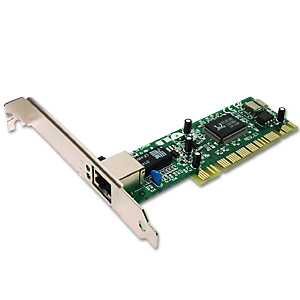I’m announcing now that Debian has become my official GNU/Linux distro. Previously I’ve use Mandrake (my first distro) as my official GNU/Linux distro, then Slackware, and finally SuSE. Fedora Core 4 actually was on my candidate list as my next official distro because it’s spiffy package management system, but in the end i chose Debian over Fedora.
Debian is more flexible than Fedora because I can download only one CD out of 12 CDs to perform complete installations. Well, people might argue that Fedora can do the same, but the way Fedora did it wasn’t obvious. And you apparently have to end up downloading the entire 4 CDs, which turn out not enough to fully enjoy the distro (Fedora people assumes that most people code in Java, and put a lot of java things inside the CD)
Well, Debian is a nice distro for me, it isnt too bloated, easy to configure, and it has a good package management system. I like Debian.
p/s: I’ve installed countless of other distros before this, but the “official” status is only given for distro that i use for my production purposes and usually meant to last more than 9 months on my pc.





